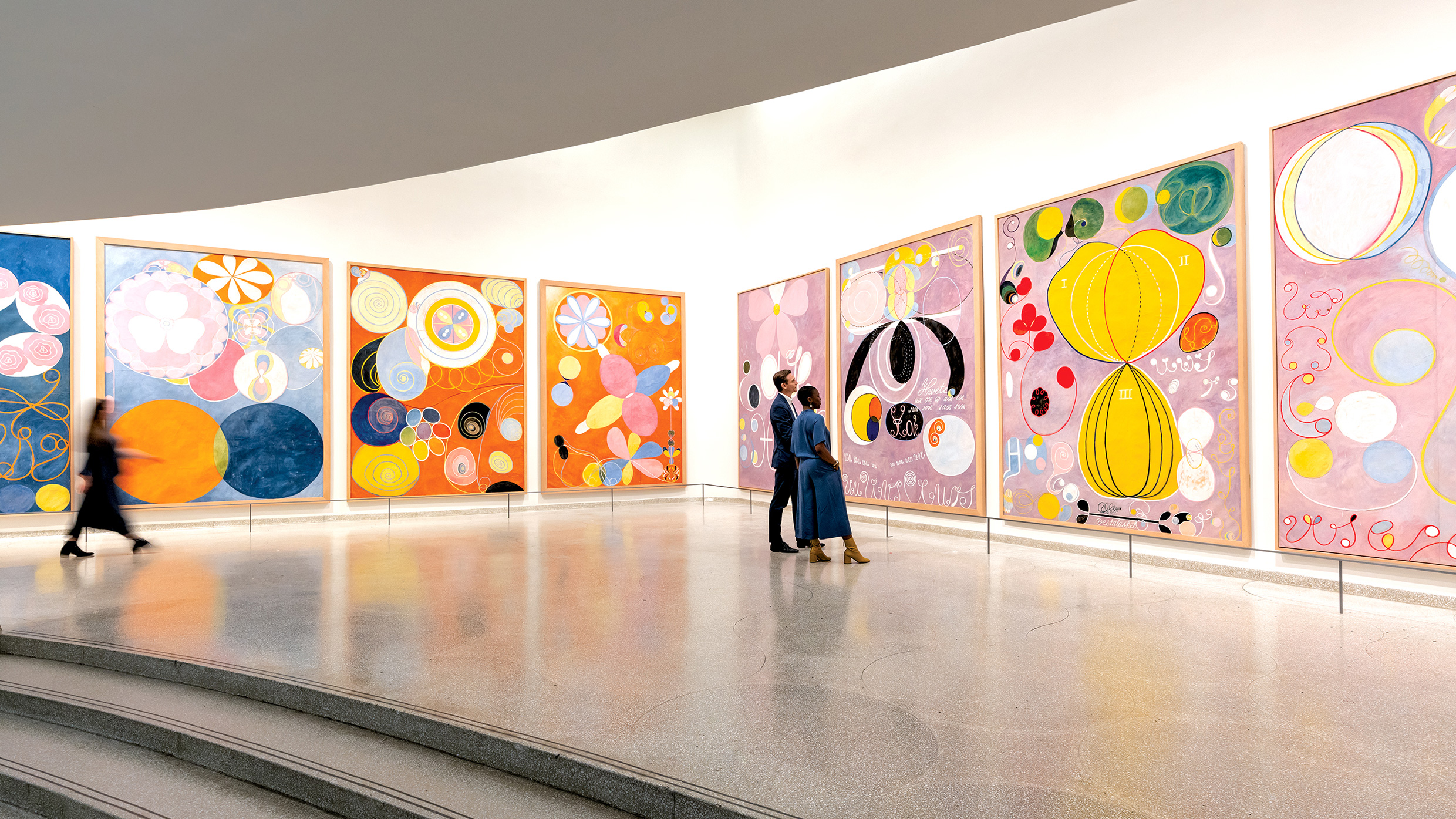The future of art exhibitions

The future of art exhibitions is set to undergo a transformation as technology continues to evolve. With virtual reality, augmented reality, and artificial intelligence taking center stage, the traditional methods of exhibiting artwork may soon become a thing of the past. For instance, imagine stepping into a virtual gallery where paintings of Guillermo Lorca adorn the walls. In the coming years, we can expect to see a significant shift towards immersive experiences that engage viewers on a deeper level. It will be common to see how the art of Kaws comes to life through interactive displays. These advancements in technology will provide an opportunity for artists to showcase their work in new and exciting ways, making art accessible to a wider audience. Furthermore, we may see an increase in collaborative exhibitions, where artists from different disciplines come together to create immersive installations that blur the line between art and technology.
From static to interactive
Today’s exhibitions are much more interactive, designed to engage visitors and provide them with a more immersive experience. This evolution has been driven by advances in technology, as well as changing attitudes towards the role of museums in society. One example of this is the use of virtual and augmented reality in exhibitions. This technology allows visitors to step inside a virtual world and interact with exhibits in new and exciting ways. Another example is the use of multimedia displays, such as video projections and interactive touchscreens, which enable visitors to learn about exhibits more engagingly and interactively. Additionally, the design of exhibitions has become more focused on storytelling, using narrative structures to guide visitors through the space and create a more compelling experience.
The impact of AI on art curation and exhibition planning
AI has enabled museums and galleries to better understand their collections and visitor preferences, leading to more effective curation and display decisions. For example, the use of AI algorithms to analyze visitor data can help identify patterns in visitor behavior, such as which artworks are most popular and at what times of the day. This information can then be used to optimize exhibition layouts and improve visitor engagement. AI can also assist with the curation process itself, by recommending artworks based on factors such as style, genre, and historical context. The use of AI in art curation has even led to the creation of entirely new art forms, such as “generative art” created by algorithms. However, there are also concerns about the impact of AI on art curation and exhibition planning, particularly about the potential for AI to perpetuate biases and reinforce existing power structures.…